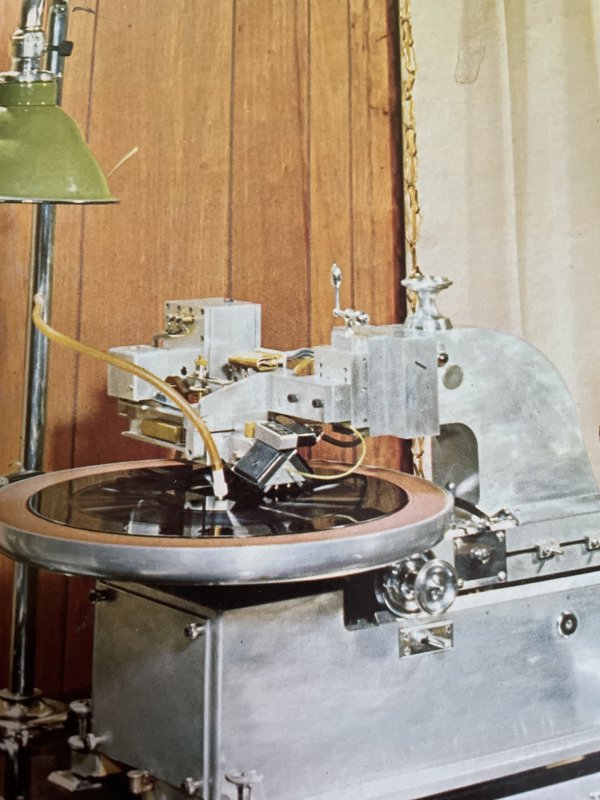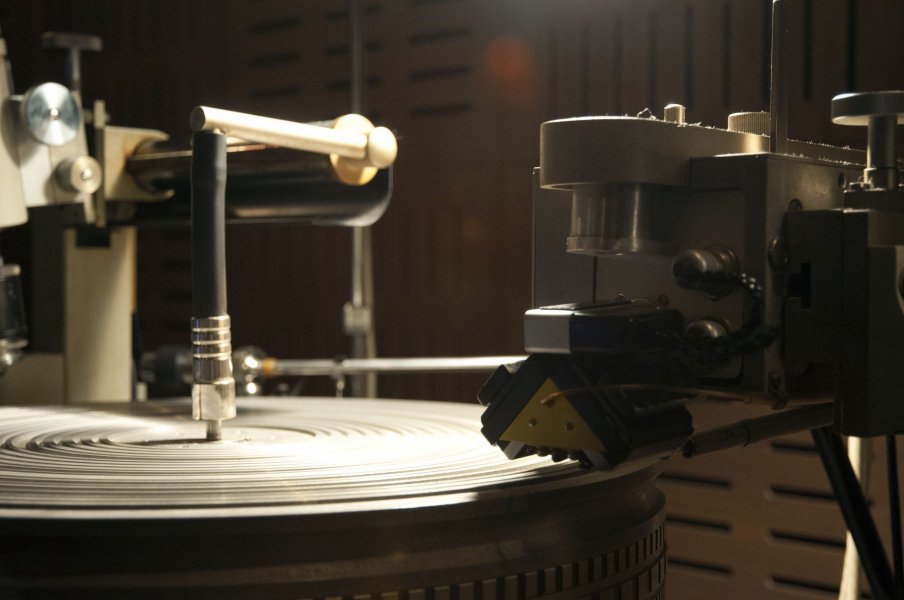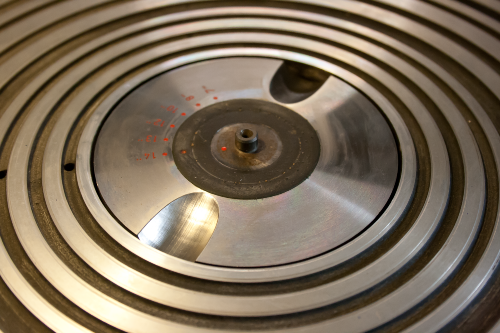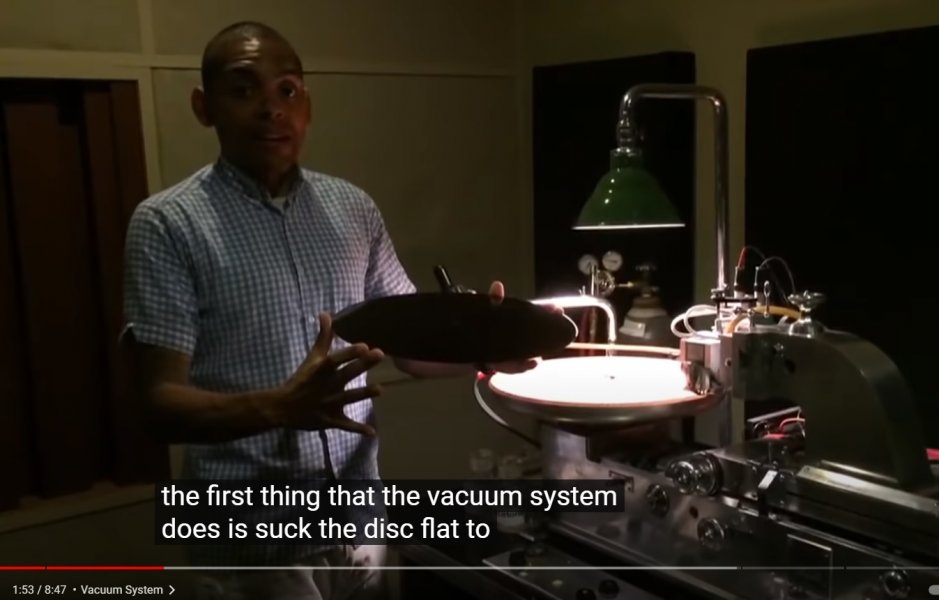I'd like more information. Are you saying 'more mass' in terms of a, for example, 160 gram LP versus a 180 gram LP?
I can understand a change in resonance frequency, but am sceptical about the amount of resonance being reduced. Would you please explain?
If all things are equal an increase in mass reduces vibration.
- Think about tweeters; designers try to decrease the mass of diaphragm IOT reach higher frequencies. Some diamond tweeters can reach 100kHz. If you switch the diaphragm with a paper one it can no longer produce 100kHz cause the same power can no longer move a heavier diaphragm (paper) as fast as lighter one (diamond). That is one aspect; high frequency vibrations are more absorbed when mass increases.
- Imagine you're doing push ups at every second and you can do 50 every morning. If 50kg of weight is placed over your shoulder and you try to do push ups every second like you used to do can you reach your maximum number 50? Certainly not. Same goes for mass too. If mass increases, same power can not move the higher mass at a certain frequency as high in level as lower mass. Level decreases due to shorter duration. That's the second aspect.
As a result if all things are equal when the mass increases:
- High frequency vibrations start to be absorbed more
- Low frequency vibrations decrease in level (duration). Both are a reduction of vibration in general.
In this case record shape, size and material are the same. Also disturbance introduced by turntable, motor etc to the record is the same. The only changing thing is the mass. So we can come to a conclusion that a 180g record has a lower vibration than a 100g record.
On the other hand the resonance frequency and it's relation with tonearm tube, bearings, cartridge suspension are more important IMHO.
Additionally older, lighter records are better cut, better pressed and made out of better material compared to new heavier ones IMHO. That is much more important than vibration decrease on record IMHO.








